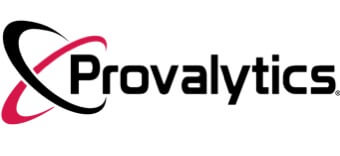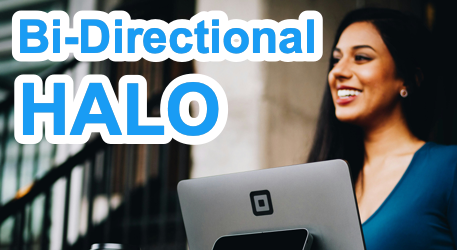The Bi-Directional Halo Effect in Retail Media: Capturing Cross-Platform Conversions
The rise of retail media networks like Amazon, Walmart, and Target has transformed how brands approach digital advertising. These platforms offer unprecedented opportunities to reach consumers, but they also present unique challenges for understanding and optimizing conversions. One of the most impactful developments in this space is the bi-directional halo effect, a phenomenon where ads drive conversions across platforms in ways brands might not expect.
This halo effect reflects a fundamental shift in consumer behavior. Ads designed for retailer platforms are influencing brand-owned site visits, while ads aimed at brand sites often lead to purchases on retail platforms or in physical stores. For marketers, this dual-pathway influence opens new strategic opportunities—if they can understand and leverage it effectively.
🚀 Yes, I Want The 2026 Playbook!
What Is the Bi-Directional Halo Effect?
Traditionally, digital advertising focused on single-pathway attribution—measuring how a specific ad led directly to a purchase on the same platform. However, with the growing complexity of consumer journeys, retail media now demonstrates a two-way influence:
- Retailer Platforms to Brand-Owned Sites: Ads on retail media networks drive direct sales, but they also boost brand awareness, prompting consumers to visit the brand’s own website for more information or additional purchases.
- Brand-Owned Sites to Retailer Platforms: Ads intended to direct consumers to brand-owned sites often result in purchases completed on retail platforms or in stores, driven by factors like convenience, loyalty programs, or retailer trust.
This interplay reshapes the traditional boundaries between platforms, requiring brands to rethink how they allocate and measure media spend.
Why the Halo Effect Matters
The bi-directional halo effect highlights the interconnected nature of today’s consumer behavior. It’s no longer enough to measure direct conversions in isolation. Brands must consider the broader influence their advertising has across channels.
For example:
- Retailer Ads: While driving sales on platforms like Amazon or Walmart, they also create brand awareness that pays off on owned channels.
- Social Media Ads: Aimed at increasing brand site traffic, these often lead to both online retail and in-store purchases instead.
- CTV Campaigns: Video ads targeting digital conversions also boost sales on retail platforms and in brick-and-mortar locations.
Understanding these dynamics enables brands to maximize their return on investment, not just for direct conversions but for the entire customer journey.
Strategic Insights for Marketers
The bi-directional halo effect offers a powerful lens for optimizing marketing strategies. Here are three key takeaways for marketers navigating this new landscape:
- Invest in Channels with Cross-Platform Influence: Channels like social media, connected TV (CTV), and search advertising exhibit strong halo effects, influencing purchases across platforms. Allocating more budget to these areas can yield higher overall returns.
- Adopt Holistic Attribution Models: Traditional attribution models fail to account for indirect conversions. By adopting privacy-centric approaches that capture cross-platform interactions, brands can gain a clearer picture of their true marketing impact.
- Tailor Campaigns to the Consumer Journey: Different products and audiences respond uniquely to cross-platform effects. Brands should refine their strategies based on how their customers move between platforms, ensuring campaigns align with these patterns.
Real-World Implications
Consider a electronics brand advertising on a retail media network like Target. While the campaign drives direct sales on Target’s platform, it also boosts visits to the brand’s own website, where consumers explore complementary products or subscribe to loyalty programs.
Similarly, a CTV ad promoting a home goods product may increase traffic to the brand’s site but also drive purchases on Amazon, where consumers feel more comfortable completing transactions.
These examples illustrate the power of understanding and leveraging the bi-directional halo effect. Brands that embrace this approach can uncover hidden opportunities and optimize their strategies to drive growth.
The Role of Provalytics
At Provalytics, we’re committed to helping brands navigate the complexities of today’s advertising ecosystem. Our privacy-first attribution solutions measure and analyze the full spectrum of consumer interactions, offering actionable insights into how campaigns influence conversions across platforms.
By understanding the bi-directional halo effect, brands can:
- Maximize their media budgets.
- Identify underutilized opportunities.
- Build stronger connections with their audiences.
In a world where consumer journeys are increasingly nonlinear, success depends on seeing the bigger picture. The bi-directional halo effect isn’t just a challenge—it’s an opportunity to rethink and redefine how marketing works in a connected, privacy-first world.
With retail media at the forefront of this evolution, Provalytics empowers brands to measure what matters and unlock the full potential of their campaigns.


